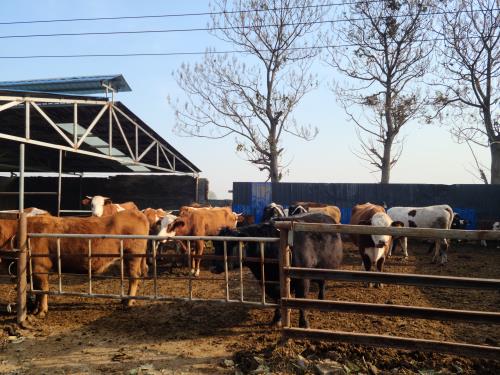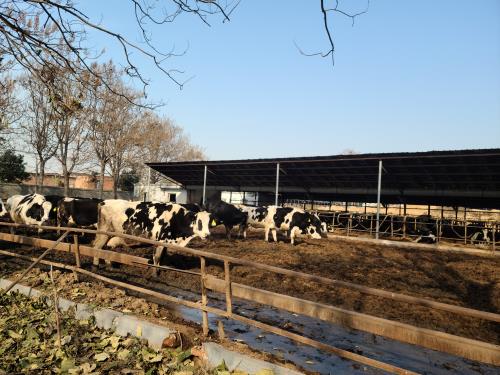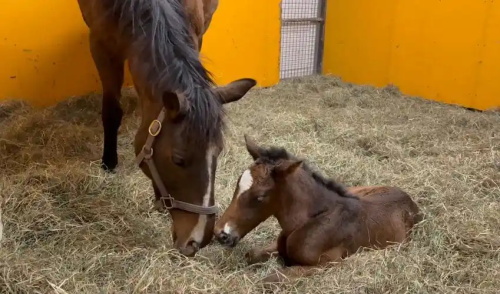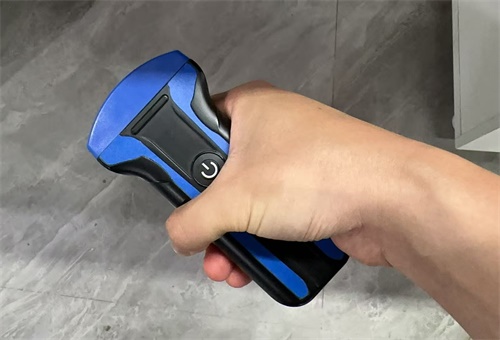Hey there, let’s chat about something I find really neat—using non-invasive imaging in veterinary care, especially with ultrasound. Imagine I’m sitting across the table, telling you stories about how we handle diagnostics in animals, from pets to farm livestock. It’s not stiff or academic—just everyday language, like sharing experiences over coffee.
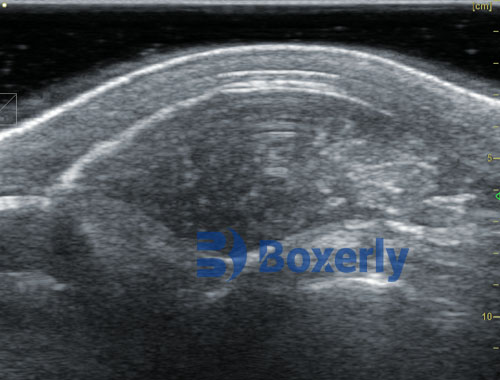
Why imaging matters to vets and animal lovers
Consider a scenario: you suspect an animal is upset—maybe some internal issue, but you don’t want to stress them with invasive tests. That’s where imaging tools, especially ultrasound, come into play. They help us peek inside without stress or harm. From checking organ health to monitoring pregnancy or assessing injuries, such tools make diagnostics smarter and smoother.
A down-to-earth example from a livestock keeper’s perspective
Picture a farmer raising cattle—or maybe you know one. They’ve got the usual worries: feed costs, growth rates, meat quality. The traditional route? You wait until slaughter, then wish you’d known earlier whether each animal was developing well. That’s risky.
With ultrasound, though, the story changes. Hold a probe, slide it gently, and voilà—you’re looking at muscle size, fat coverage, organ details in real time. Decisions become way more precise: when to fatten, when to harvest, how nutrition is playing out.
Growth phases and what ultrasound reveals
Young cattle usually follow that classic growth curve: slow start, rapid middle, then tapering off. Early on, muscle and skeletal development dominate. Later, fat starts adding up. With ultrasound, you track eye muscle area (EMA), fat thickness, and sometimes even marbling estimates. That tells you if an animal’s ready for finishing or still pushing growth.
| Parameter | Significance |
|---|---|
| Muscle cross-section (e.g., Longissimus dorsi muscle) | Tracks lean tissue growth rate |
| Subcutaneous fat depth | Indicates finish level, market readiness |
| Intramuscular fat (marbling estimate) | Hints at meat quality, though tougher to get accurately |
Numbers feed decisions. If muscle growth slows and fat starts building, maybe that’s the cue to switch feed or schedule slaughter.
Other animals, similar benefits
It’s not just cattle. In pets—cats, dogs or exotic species—ultrasound gives invaluable insights. A vet might detect masses, check heart function, assess pregnancy, or guide fluid sampling—all without surgery or sedation in many cases. For wildlife rescue, too, non-invasive tools minimize stress and injury risk.
Why ultrasound shines in practice
Few tech tools balance ease, safety, and value so well. Some perks:
Safe and gentle: No stress, no anesthesia often—animals stay calm.
Immediate results: You see real-time images. Adjust probe, find what matters.
Quantitative: Measure tissue thickness, organ size, fluid levels.
Repeatable monitoring: Check growth or recovery over time.
Cost-effective vs. surgical or radiographic options.
A friendly chat over why it works
Imagine asking a vet friend: “Hey, could you watch my calf’s development?” They’d probably say: “Sure—let’s check muscle and fat depth every few weeks. That tells us whether feed’s working or we need to adjust.” That’s how ultrasound becomes part of farming life—just another tool, no fuss, lots of insight.
Or in a clinic: “Tell me why Fluffy’s been off her food.” A scan shows a kidney enlarged or fluid in the abdomen. That becomes your next step—blood tests or medication—with confidence. No guesswork.
Practical tips for everyday use (spoken voice)
Warm gel, gentle stroke on shaved area.
Angle probe, find muscle or organ.
Freeze image, measure with on-screen calipers.
Jot values, compare over weeks or across animals.
Combine with observations—feed intake, weight gain, behavior.
Tweaking your strategy with breeds or nutrition
Early-maturing breeds like Angus develop muscle faster. Late-maturing ones like Charolais may need longer feeding before finishing. If you feed high-protein early, lean growth speeds up. Later, energy-rich feed promotes fat and marbling. Ultrasound lets you time each phase smartly.
Bottom line — why it feels more human than techie
No jargon. Just “I see changes, I adjust feed,” or “Yep, that pup’s kidneys look fine, so we’re good.” It fits conversation, not textbook. When farmers, vets or pet owners talk, this tech aids, doesn’t overwhelm.

